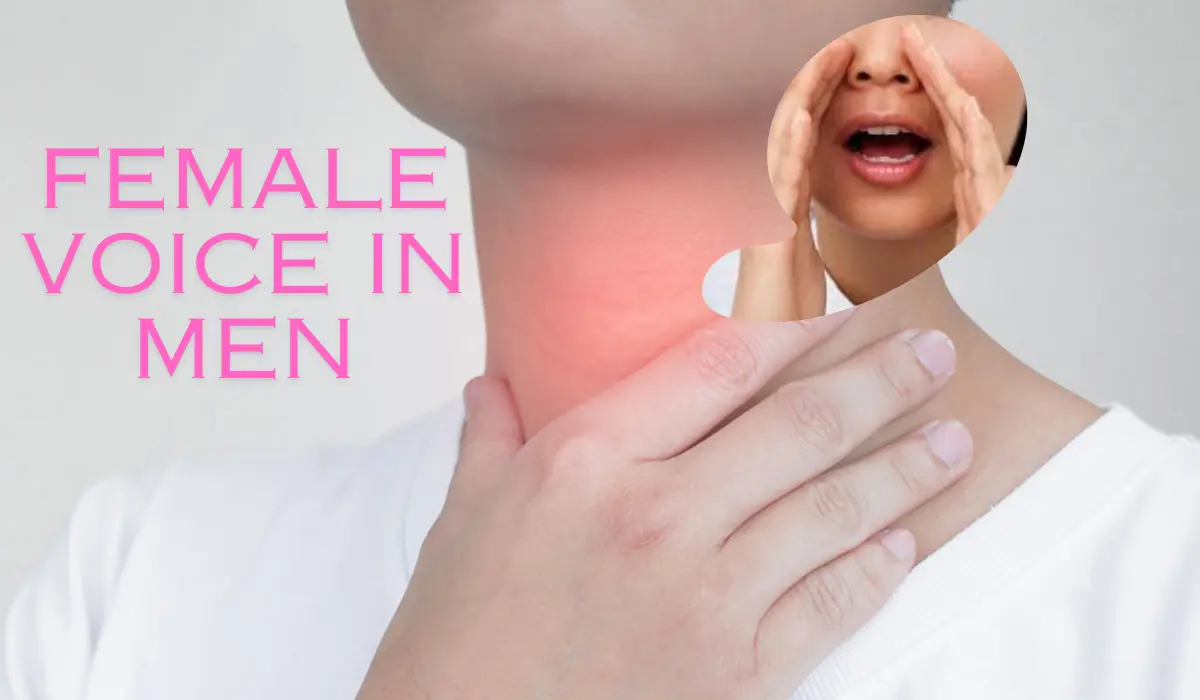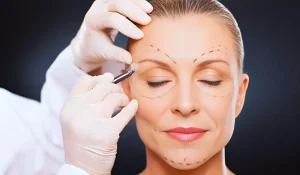During puberty, the male voice lowers by one octave, and the female voice lowers by one to three semitones. If this natural change does not occur, it results in a condition called Puberphonia. It is also known as functional falsetto and is seen most commonly in adolescent males. To be more precise, Puberphonia is a mutational falsetto i.e. the persistence of a high-pitched voice after puberty owing to the presence of a structurally normal larynx. It sounds like a breathy voice and is a disorder that requires urgent treatment.
Causes Of Puberphonia
Let’s now see the most common causes for the condition of Puberphonia. Check out the following.
- Late development of sexual maturity
- Hypogonadism
- Desire to retain the same voice
- Nonfusion of the underdevelopment of the thyroid laminae
- Emotional stress

Symptoms Of Puberphonia
The condition of Puberphonia can be verified easily as it will show the symptoms mentioned below.
- High pitch
- Low intensity
- Breathiness
- Breaks in phonation and frequency
- Neck and throat tension
How Does Puberphonia Occur?
There can be many factors at play here that contribute to Puberphonia and not all of them could be dealt with in this short article. However, what I do aim to provide is the dominant perspective held by the majority of the medical community members.
Freudian psychology links Puberphonia with the Oedipus Complex, which involves the male child attracted to the female parent and the gradual over-dependence of the child on the mother evading responsibilities.
The father is seen as a threatening figure and the child hates the male parent. In his adolescence, he resists sexual maturity and denies the mature male voice and instead shows interest in speaking in a high high-pitched female voice.
There is no evidence to suggest that the person suffering from Puberphonia has underlying anatomical abnormalities. It is normal that the laryngotracheal complex, which is highest during childhood and adolescence, gradually descends during puberty.
Some experts believe that Puberphonia is psychogenic and is the outcome of mental stress and psychological disturbances. As seen earlier, Puberphonia in this case can be a result of the person interacting more with female members at home and elsewhere. The individual tends to speak in a high-pitched voice which sounds more like a female voice.
What Are The Major Treatments For Puberphonia?
In this section, we will talk exclusively about the various treatment plans available for Puberphonia. The course of treatment consists mainly of three parts – Voice therapy, Larynx manipulation, and Surgical therapy. See below for details.
1. Voice therapy
In voice therapy, Puberphonia caused due to psychogenic problems can be effectively addressed in terms of counseling. The regular voice therapy sessions will help in correcting the voice disorder and embrace the natural masculine voice. Below are some techniques used in the speech therapy sessions.
- Teaching how to produce a low-pitch voice
- Teaching how to use phonatory and respiratory musculature fully
- Teaching the techniques behind voice modulation
- Encouraging the person to use a more low-pitched voice
2. Larynx manipulation
External laryngeal manipulation (ELM) is a simple yet effective technique that helps laryngeal visualization during the laryngoscopy process. The operator effectively uses his hands as part of the visualization efforts helping to fine-tune the manipulation of laryngeal exposure.
The ELM process is very effective in dealing with Puberphonia, improves laryngeal exposure, and makes better intubating conditions. The ELM is performed by the intubating person to guide the assistant in an attempt to maximize the laryngeal view.
3. Surgical therapy
Surgical therapy always provides effective results with chances of failure almost nil. The surgical treatment is most often referred to as Thyroplasty. The successful completion of this surgery will ensure that the patient gets a perfect male voice that no longer sounds like a female.
This short procedure requires local anesthesia and intravenous sedation enabling the surgeon to check the patient’s voice all along the process. It is a procedure wherein a small cut is made on the neck through that small hole made in the voice box a Gore-Tex implant is placed so that vocal cords are aligned to the proper position.
During the procedure sometimes the patient is asked to speak so that the voice box can be adjusted to receive the best possible results.
Conclusion
We have had a better overview of Puberphonia and discussed briefly about its causes and symptoms. We then went on to focus more on its treatment and saw how it can benefit the person. Unlike in the past, Puberphonia is a condition that can be treated and cured completely utilizing advanced medical and surgical procedures. No need to worry about this.






